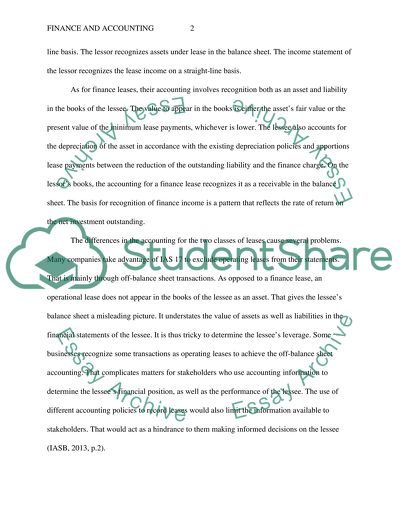Cite this document
(“Leases Essay Example | Topics and Well Written Essays - 1250 words”, n.d.)
Leases Essay Example | Topics and Well Written Essays - 1250 words. Retrieved from https://studentshare.org/finance-accounting/1686596-leases
Leases Essay Example | Topics and Well Written Essays - 1250 words. Retrieved from https://studentshare.org/finance-accounting/1686596-leases
(Leases Essay Example | Topics and Well Written Essays - 1250 Words)
Leases Essay Example | Topics and Well Written Essays - 1250 Words. https://studentshare.org/finance-accounting/1686596-leases.
Leases Essay Example | Topics and Well Written Essays - 1250 Words. https://studentshare.org/finance-accounting/1686596-leases.
“Leases Essay Example | Topics and Well Written Essays - 1250 Words”, n.d. https://studentshare.org/finance-accounting/1686596-leases.


